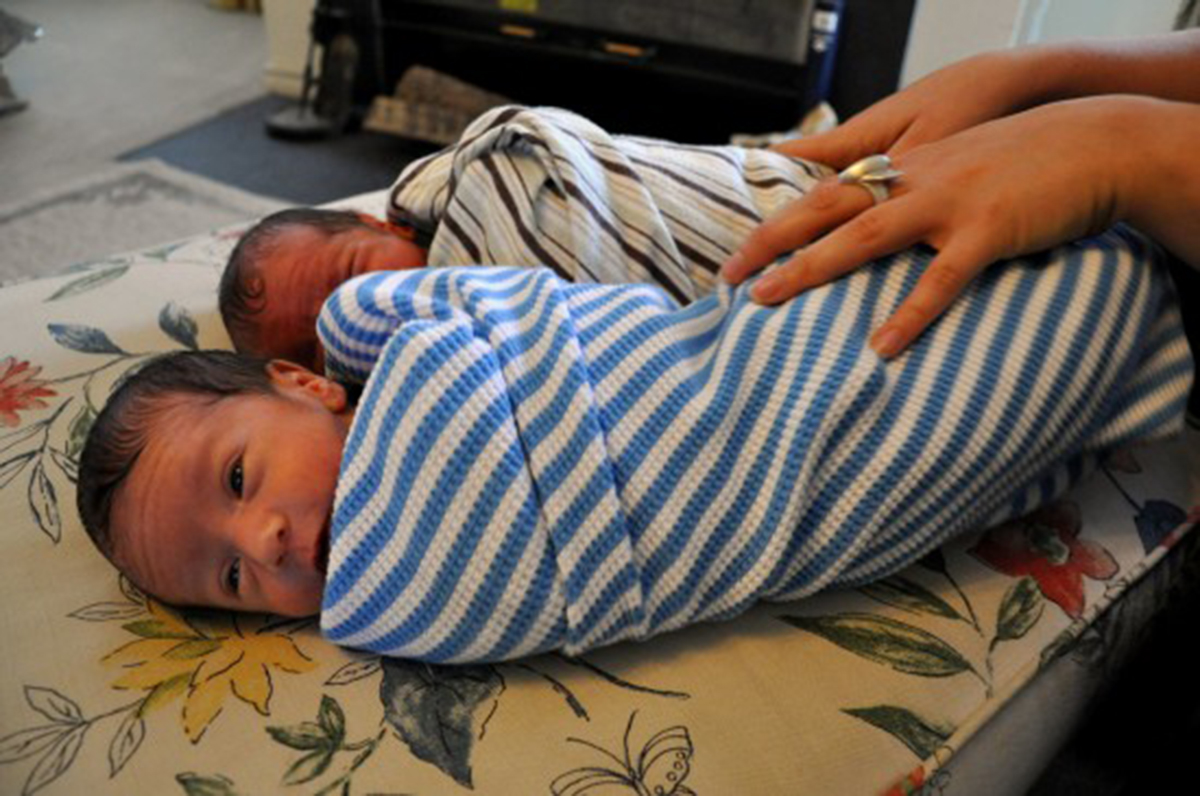Table of Contents
Hip Dysplasia Basics
Hip dysplasia screening is a routine part of early pediatric care in some countries. In others, screening is only conducted in the presence of risk factors (a family history, being a girl, other orthopedic problems and a breech birth). Hip dysplasia needs to be taken seriously, as one in every 20 full-term newborns will show some sign of hip instability. Two or three in every thousand will need treatment.

Parents should look out for asymmetrical creases in the skin of their baby's bottom, one leg that appears to be shorter than the other, clicking sounds in the hips, or legs that can't be spread fully. In severe cases, toddlers will limp or waddle when they start to walk.
Both surgical and non-surgical treatment options are available for hip dysplasia. The various non-surgical methods focus on placing the baby in a position that allows optimal development of the bones in the hip joint.
As an adult who received non-surgical treatment for hip dysplasia in infancy, I am keenly aware that it does not always work. I have arthritis of the hip, live with pain and a limp, and am currently considering surgical options. Professor Clarke's recommendation to make sure your baby's hips are not held in straight, extended positions for prolonged amounts of time was made for a good reason.
Hip dysplasia is not a condition you want to encourage or exacerbate.
How To Soothe Your Baby Safely
The good news is that you can protect your baby's hips and still soothe her. You could try swaddling only the arms and making sure that your baby's legs have enough space to bend and move. You could also place two cloth diapers of the prefold type between your baby's legs to ensure they are spread, and then swaddle your baby in the traditional manner.
Read More: Babywearing: Physical And Emotional Benefits
Those with inconsolable, colicky babies may also like to try wearing their little ones. I'd particularly recommend a mei tai baby carrier for this purpose. A mei tai is a traditional Asian carrier that is made up of a rectangle-shaped "blanket" with four fabric straps that tie your baby around the parent's body. The mei tai spreads a baby's legs in a way that is particularly beneficial for infants with hip dysplasia.
- Photo courtesy of Brian by Flickr : www.flickr.com/photos/makelessnoise/855667441/
- Photo courtesy of Andria by Flickr : www.flickr.com/photos/fauxlaroid/4088140608/

